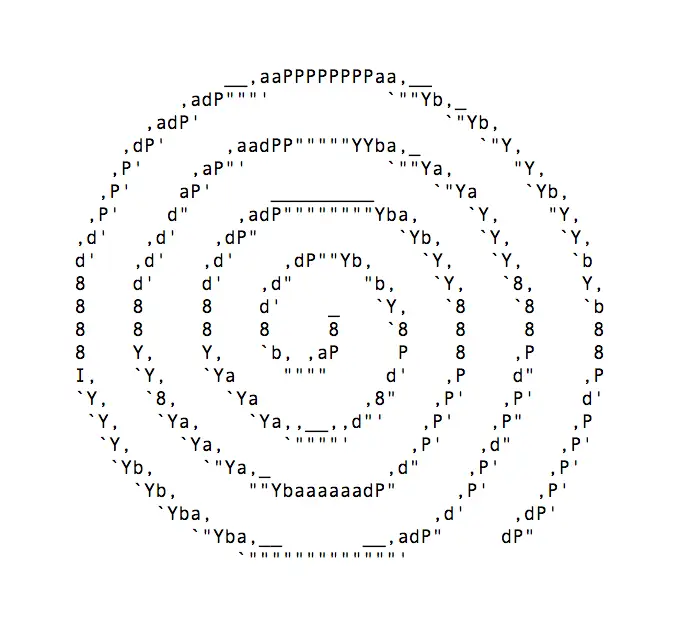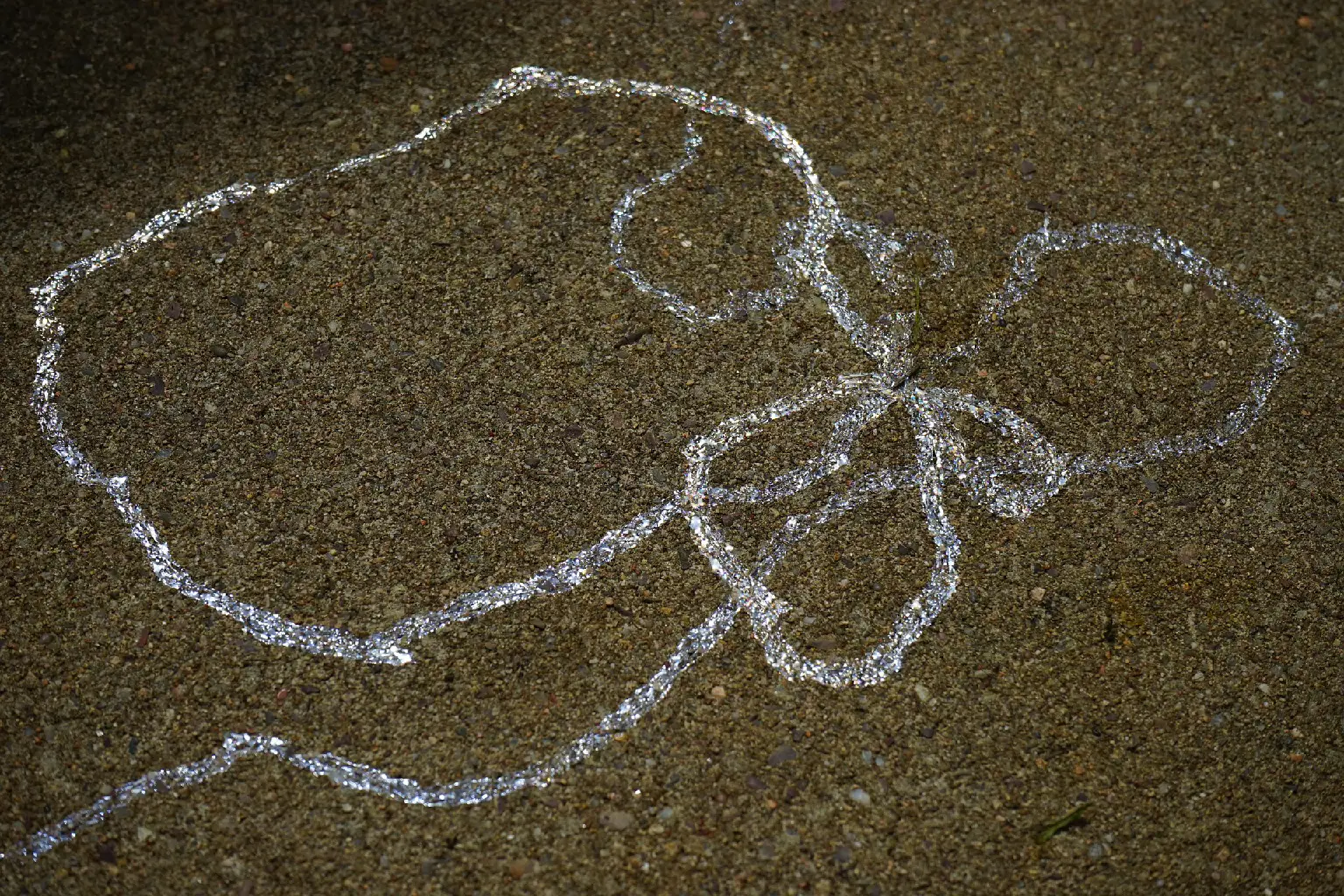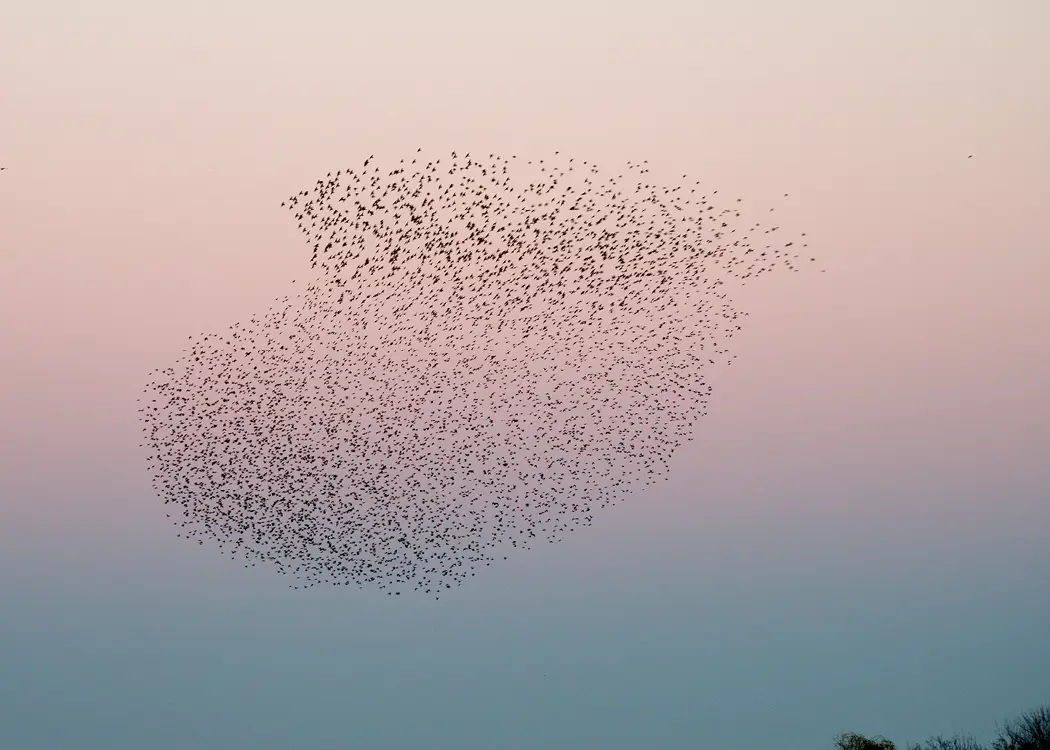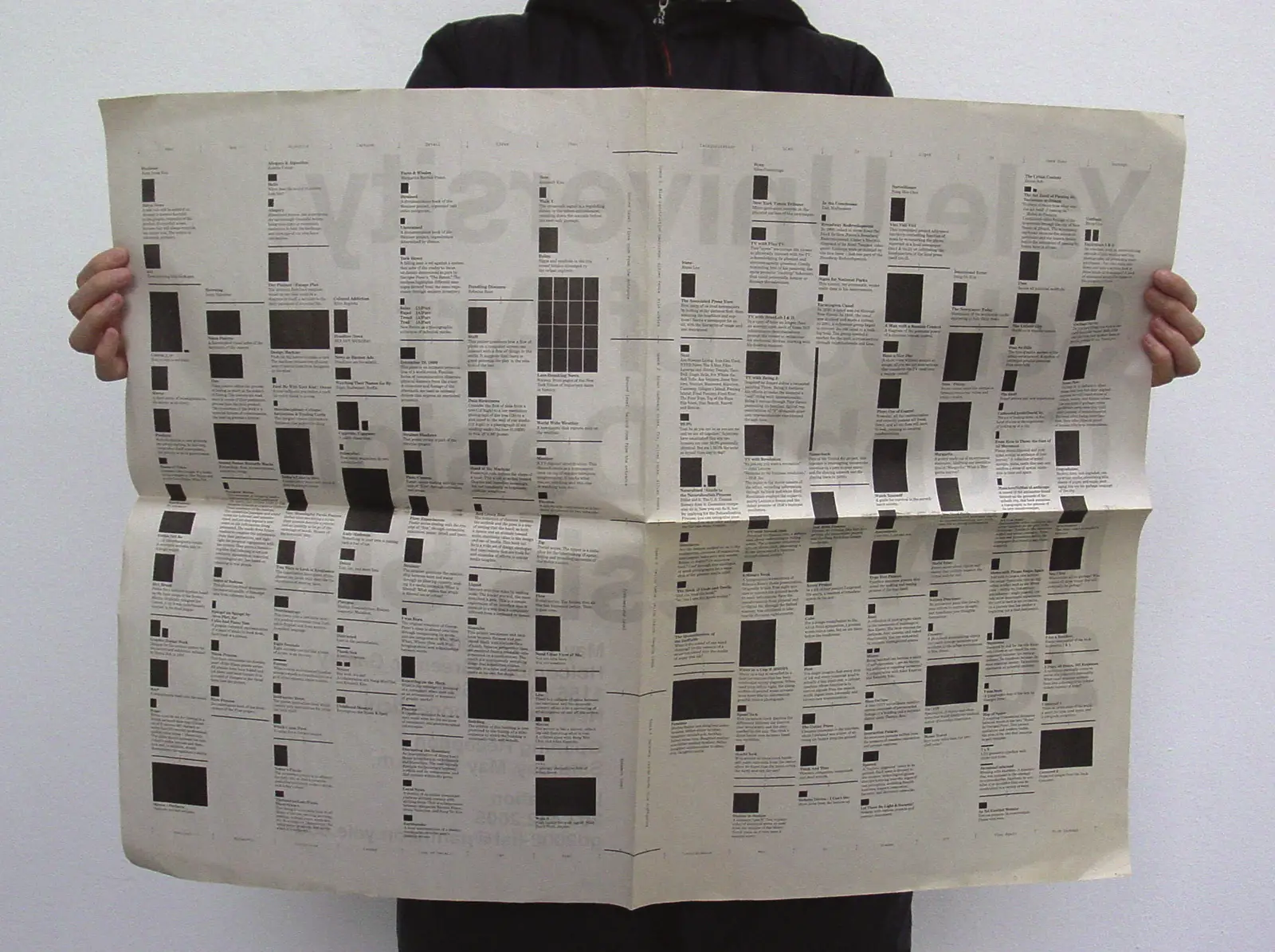If you’ve been observing our website — thecreativeindependent.com — you’ve likely noticed it change a few times.
It will continue to change. Our website is alive, just like all websites are alive. One thing that’s remained the same on ours, however, is our presentation of a spiral symbol:

At first it was hand-drawn

Then it was ASCII

And now it’s pixelated

Someday, will it be growing, in motion? If so, maybe we’ll affectionately refer to our original as “young spiral”…
Why spiral? We like spirals because they’re about circling back to a core idea over time, something all creative people must do to create whatever it is they’re creating. We think Julia Cameron, in her self-help book The Artists’ Way, puts it best:
“You will circle through some of the issues over and over, each time at a different level. There is no such thing as being done with an artistic life. Frustrations and rewards exist at all levels on the path. Our aim here is to find the trail, establish our footing, and begin the climb.”

Snails (and other gastropods like slugs) excrete slime. They make this slime to move, so that their bodies don’t lose moisture to the rugged terrain beneath them. This slime is beautiful because it glimmers. It’s also beautiful because it’s a map of time recently spent by the snail. Where is the snail now? And where was it going in the first place?
We think the snail is a good mascot for The Creative Independent, as it is biologically forced to leave its slime (process, path) everywhere. You could say our goal is to illuminate the (often hidden) slime of the artists we talk to. You could say we are a growing archive of slime. Perhaps it’s a worthy goal, as the snail’s trail doesn’t last long. Even slime evaporates.
Snails are slow. Their only method of movement is flexing and releasing tension in their powerful stomach muscles, which happens to be a very slow process. We admire the snail’s slowness. We like to think this slowness helps it better navigate on its self-proclaimed journey. If a snail told you it wanted to be the “Wikipedia for the creative process,” would you believe it to follow through?
To protect them from predators in their slowness, snails carry a shell. Snails are born with this shell, which is at first very tiny, colorless, and soft. It gradually grows with the snail’s body. Researchers say you can tell the approximate age of a snail similar to that of a tree, simply by counting its rings. French poet Francis Ponge described snails’ shells as “part of their essence” but at the same time “a work of art, a monument,” which “lasts longer than they do”. Snails and artists don’t simply produce masterpieces, but make masterpieces out of their very lives. And this is why we study their slime.


